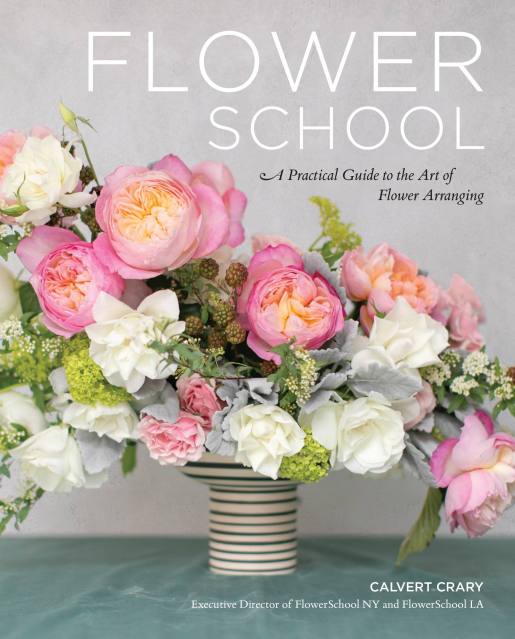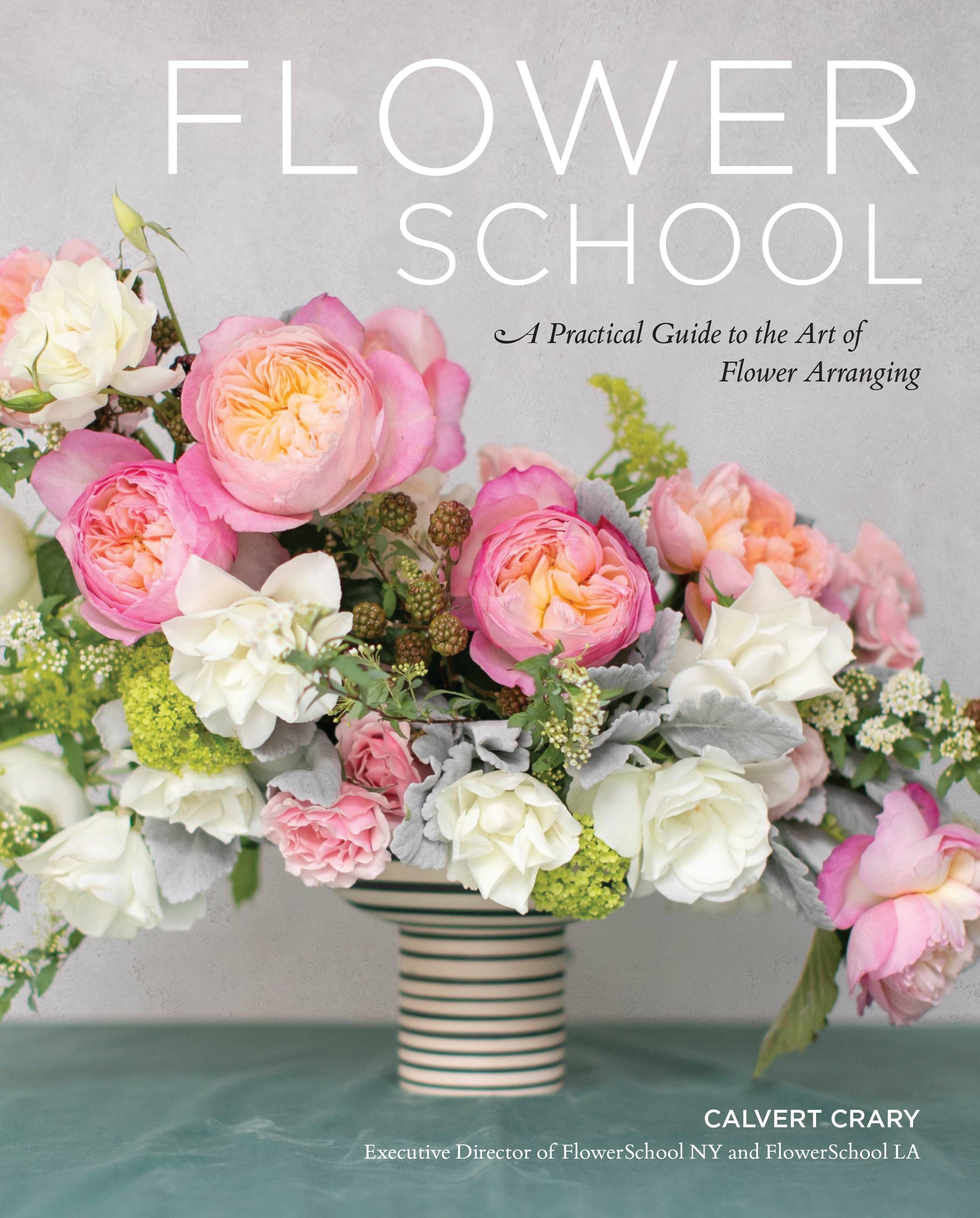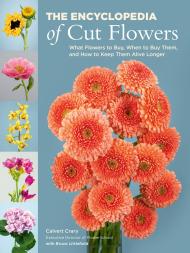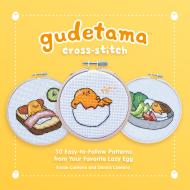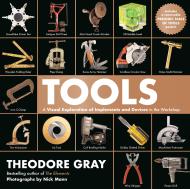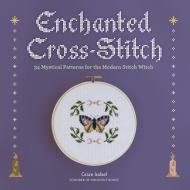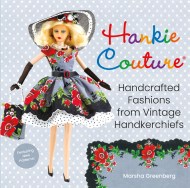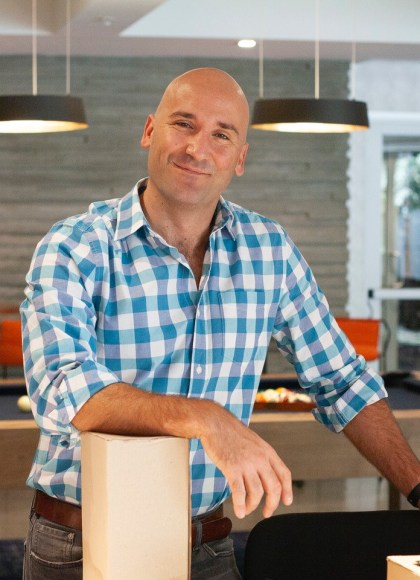Promotion
Use code MOM24 for 20% off site wide + free shipping over $45
Flower School
A Practical Guide to the Art of Flower Arranging
Contributors
Formats and Prices
Price
$15.99Price
$20.99 CADFormat
Format:
- ebook $15.99 $20.99 CAD
- Hardcover $32.00 $41.00 CAD
This item is a preorder. Your payment method will be charged immediately, and the product is expected to ship on or around November 10, 2020. This date is subject to change due to shipping delays beyond our control.
Also available from:
FlowerSchool New York is one of the world’s premiere institutes for floral design and artistry, offering career development courses certified by the New York State Board of Education, and exclusive master class programs taught by celebrated master florists including Kiana Underwood, Remco Van Vliet, Lewis Miller, Emily Thompson, and Ingrid Carozzi.
Now, for the first time, FlowerSchool Executive Director Calvert Crary is publishing a book that will make it possible for even the greenest at-home arrangers to create gorgeous, Instagram worthy bouquets. This hands-on, comprehensive guide provides readers with step-by-step instructions that cover all the most crucial aspects of flower arranging, including:
- How to buy the best flowers and how to get the best prices
- Selecting your flowers based on texture, color, and seasonality
- Conditioning your flowers to ensure they last as long as possible
- Pairing your flowers with the right vase
- Creating arrangements in a wide variety of styles that will work for any occasion
Genre:
-
"This visually stunning offering from Crary, executive director of FlowerSchool New York, highlights the creative potential of flower arranging...the pay-off will be rich for any gardener who sees flowers as an ideal artistic canvas."Publisher's Weekly
-
"Because Crary has a front-row seat to all the modern designs and creative artists in the marketplace, his book is truly an encyclopedia of design, resources and having fun with flowers to brighten your life and others."FlowerPowerDaily
- On Sale
- Nov 10, 2020
- Page Count
- 224 pages
- Publisher
- Black Dog & Leventhal
- ISBN-13
- 9780762471454
Newsletter Signup
By clicking ‘Sign Up,’ I acknowledge that I have read and agree to Hachette Book Group’s Privacy Policy and Terms of Use
